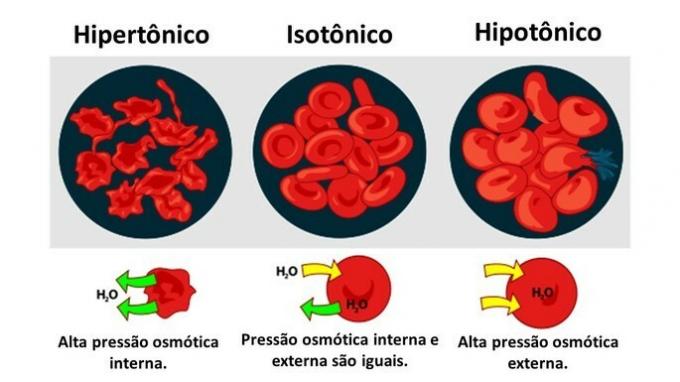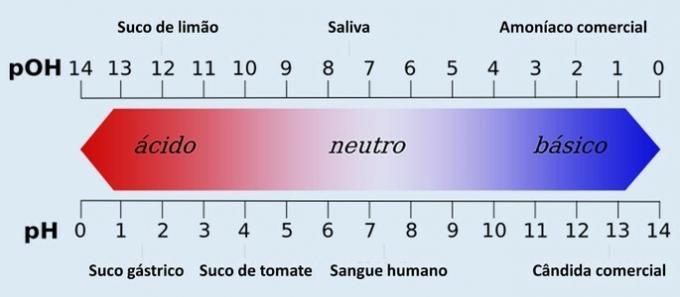Molality (W) is one of the ways to measure the concentration of solute in solvent, that is, the number of moles of solute present in the solvent.
Molality, also known as molal concentration or concentration in quantity of matter by mass, is used when solutions have varying temperatures.
This is because its calculation does away with the volume, which can vary as a result of temperature variation. Its use is also valued in the study of colligative properties.
Formula
Molality is calculated from the formula:
W = 1000. m1 / m2. M1
Where,
W: Molality
m1: solute mass
m2: solvent mass
M1: molar mass of solute
It should be noted that the solvent mass is always measured in grams and that the molar mass results from the sum of the atomic mass of the elements.
The unit of molality is mol/Kg or molal.
How to calculate
0.6 mol of hydrated salt was dissolved in 480 g of water. What will the molality be if the molar mass of the solute is 30 g?
W = 1000. m1 / m2 . M1
m1: 0,6
m2: 480 g
M1: 30 g
W = 1000. 0,6 / 480. 30
W = 600 / 14400
W = 0.04167 mol/Kg or 0.04167 molal.
And Molarity?
Molarity (M) is another way to calculate the concentration of solute in a solution, which is done using the formula M = m/M.V.
M is the ratio of the amount in moles of the solute over the total amount in moles of the solution.
While molality is measured in mol/Kg, molarity is measured in mol/L.
Read too:
- Concentration of solutions
- Colligative Properties
- Titration
Solved Exercises
1. (ITA-SP) The label of a bottle says it contains 1.50 molal LiNO solution3 in ethanol. This means that the solution contains:
a) 1.50 mol of LiNO3/kilogram of solution.
b) 1.50 mol of LiNO3/liter of solution.
c) 1.50 mol of LiNO3/kilogram of ethanol.
d) 1.50 mol of LiNO3/liter of ethanol.
e) 1.50 mol of LiNO3/mol of ethanol.
Alternative c: 1.50 mol of LiNO3/kilogram of ethanol.
2. (PUC-MG) A 2 molal aqueous solution of H3DUST4 contains:
a) 2 mol of H3DUST4 dissolved in 1 mole of water.
b) 2 mol of H3DUST4 dissolved in 1000 g of water.
c) 2 mol of H3DUST4 dissolved in enough water for 1 L of solution.
d) 2 mol of H3DUST4 dissolved in 1 liter of water.
e) 2 mol of H3DUST4 dissolved in water to give 1000 g of solution.
Alternative b: 2 mol of H3DUST4 dissolved in 1000 g of water.
For more questions about concentrating solutions, check out the list we've prepared.: Exercises on Common Concentration.


